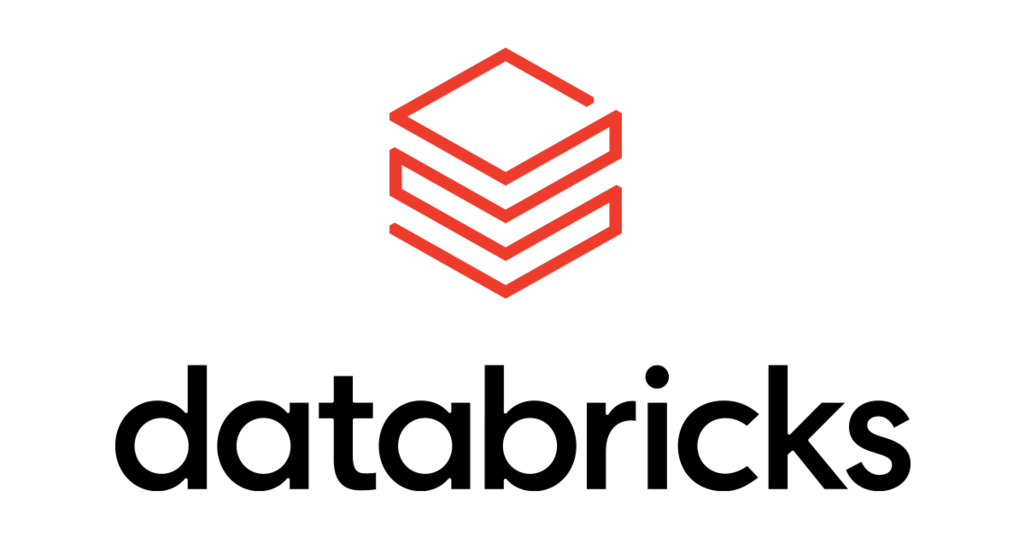The data landscape is evolving rapidly, and organizations are continually looking for innovative ways to store, manage, and analyze their data.
The data lakehouse concept has emerged as a new approach to address the limitations of traditional data lakes and data warehouses.
In this post, we will provide an overview of the data lakehouse, compare and contrast its pros and cons with data lakes and data warehouses, and maybe help you a little on your data journey.
What is a Data Lakehouse?
A data lakehouse is a hybrid data management architecture that combines the benefits of data lakes and data warehouses.
It is designed to store massive volumes of structured and unstructured data while providing advanced analytics, performance, and transactional capabilities typically associated with data warehouses.
Data lakehouses offer a unified platform for various types of workloads, including big data processing, machine learning, and business intelligence, simplifying data management and reducing the need for separate systems.
What are the Pros and Cons of a Lakehouse
At a high level, we think the following are of note.
Pros:
Flexibility: Like data lakes, data lakehouses can store both structured and unstructured data, providing flexibility for ingesting and storing diverse data types.
Scalability: Data lakehouses can handle massive amounts of data and scale horizontally, similar to data lakes, making them suitable for organizations with growing data needs.
Performance: Data lakehouses offer the performance benefits of data warehouses, including optimized query execution, indexing, and caching, allowing for faster and more efficient data analysis.
Data governance and quality: Data lakehouses support robust data governance and quality controls, similar to data warehouses, ensuring consistent, accurate, and reliable data for analytics and reporting.
Converged platform: By offering a single, unified platform for various workloads, data lakehouses eliminate the need to move data between data lakes and data warehouses, reducing complexity and improving efficiency.
Cons:
Complexity: Data lakehouses can be more complex to set up and manage than traditional data lakes or data warehouses due to their hybrid nature and the need to handle diverse data types and workloads.
Maturity: Data lakehouse technology is relatively new, and organizations may face a learning curve and lack of mature tooling when adopting this architecture.
Cost: While data lakehouses can provide cost savings by unifying data lakes and data warehouses, the initial investment in hardware, software, and expertise may be higher than implementing a traditional data lake or data warehouse.
Choosing the Right Solution for Your Organization
The decision to adopt a data lakehouse, data lake, or data warehouse depends on your organization’s specific needs and requirements:
Data diversity: If your organization handles a wide variety of structured and unstructured data, a data lakehouse or data lake may be more suitable than a data warehouse.
Analytics and performance: If advanced analytics, performance, and transactional capabilities are essential for your organization, a data lakehouse or data warehouse may be a better fit than a data lake.
Data governance and quality: If maintaining strong data governance and quality controls is critical, a data lakehouse or data warehouse may be more appropriate than a data lake.
Scalability: For organizations with rapidly growing data needs, a data lakehouse or data lake may offer better horizontal scalability than a traditional data warehouse.
Adopting a Data Lakehouse Architecture
If you decide that a data lakehouse is the right fit for your organization, consider the following steps to adopt and implement this architecture effectively:
Assess your data needs: Start by evaluating your organization’s current and future data requirements, including data types, volume, and the nature of analytics and processing workloads.
Choose the right technology stack: Select a technology stack that supports data lakehouse capabilities, such as Delta Lake, Apache Hudi, or Iceberg. These technologies, often used in conjunction with cloud-based storage and computing resources, facilitate the implementation of a data lakehouse architecture.
Develop a data governance strategy: Establish a robust data governance strategy to ensure data quality, consistency, and compliance across the data lakehouse. This includes defining and enforcing schemas, implementing data lineage and cataloging, and setting up proper access controls and security measures.
Optimize performance: Implement performance optimization techniques, such as indexing, partitioning, and caching, to ensure efficient query execution and analytics on the data lakehouse.
Plan for scalability: Design your data lakehouse architecture with scalability in mind, enabling seamless growth in data volume and processing capabilities as your organization’s needs evolve.
Train your team: Invest in training your data engineering, data science, and analytics teams on the data lakehouse concept and related technologies to ensure they can effectively leverage the new architecture.
Learn More
A data lakehouse offers a compelling solution for organizations seeking to combine the benefits of data lakes and data warehouses into a single, unified platform.
By understanding the advantages and drawbacks of each approach and carefully assessing your organization’s needs, you can make an informed decision on the most appropriate data management architecture.
With the right strategy, technology stack, and expertise, your organization can successfully adopt a data lakehouse and unlock its full potential for managing and analyzing diverse, large-scale data sets.
Contact us to learn more.








